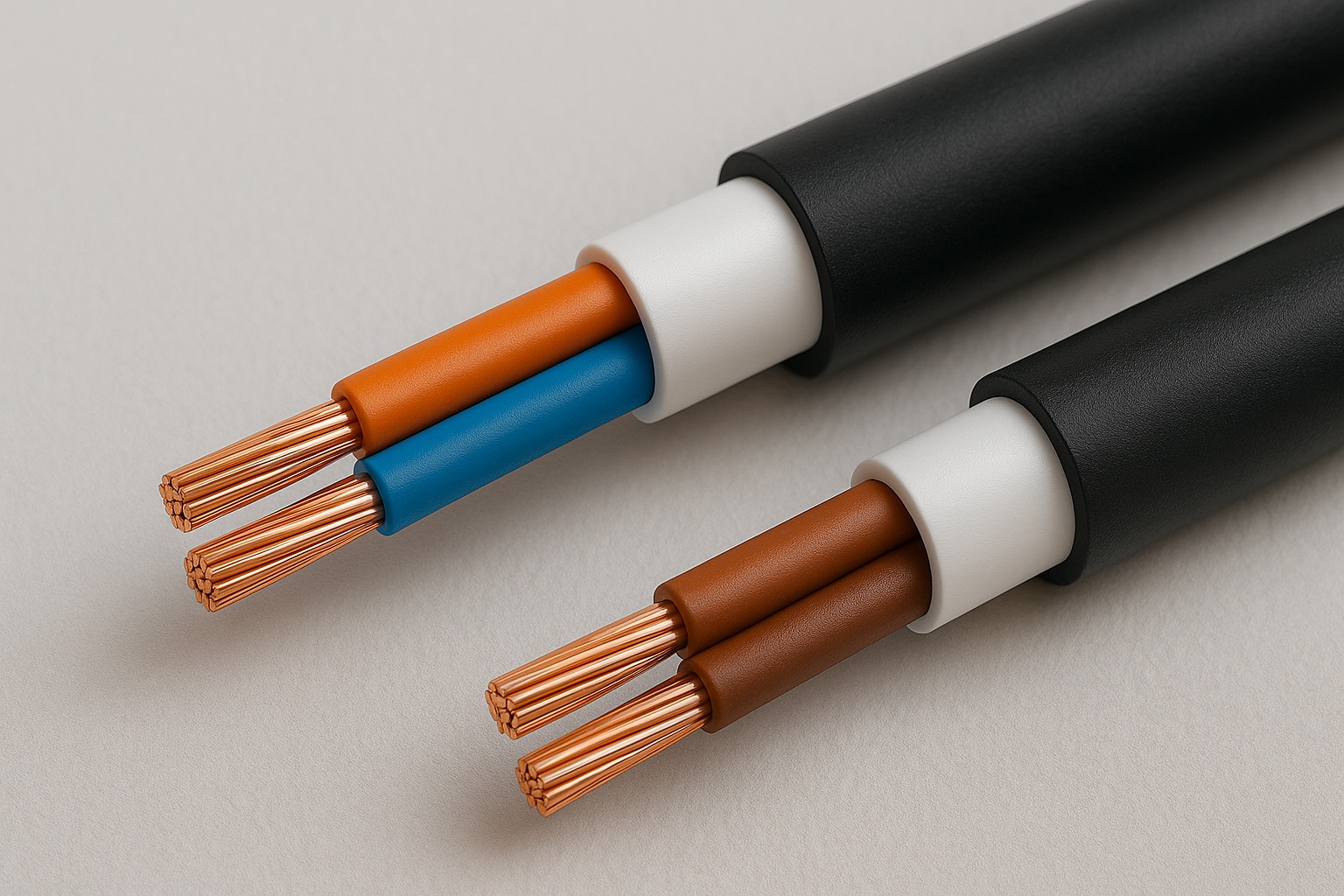Key Considerations and Best Practices
When it comes to maintaining optimal temperatures, preventing freezing, and ensuring the efficient flow of liquids and gases in various industrial processes, a well-designed heat trace system is indispensable. Whether it's safeguarding pipelines in frigid climates or maintaining critical process temperatures, mastering the art of heat trace system design is crucial. In this blog, we'll delve into the key considerations and best practices to help you create effective and reliable heat tracing solutions.
Understanding Heat Trace Systems
Heat trace systems are designed to provide localized heating to prevent freezing, ensure fluid flow, and maintain specific temperatures in various applications. They consist of heating cables, insulation materials, controls, and monitoring components, all working in harmony to achieve the desired outcome.
Key Considerations in Designing Heat Trace Systems
1. Application and Environment
The first step in mastering heat tracing system design is understanding the specific application and environment. Different industries and scenarios have unique requirements. Consider the temperature range, exposure to moisture, presence of corrosive substances, and other factors that can impact system performance.
2. Cable Selection
Choosing the right type of heating cable is critical. Self-regulating cables adjust their heat output based on ambient temperatures, making them efficient for various applications. Constant wattage cables offer consistent heating power but might be less energy-efficient in certain situations. Selecting the appropriate cable type based on the application's requirements is essential.
3. Insulation
Proper insulation is key to maximizing energy efficiency. Insulating the heat trace system ensures that heat generated is directed toward the target area, reducing heat loss and energy consumption. Additionally, insulation helps maintain the desired temperature and prevents temperature fluctuations.
4. Control and Monitoring
Implementing the right control strategy enhances system efficiency and reliability. Thermostats, controllers, and advanced monitoring systems allow you to regulate temperatures accurately and receive alerts in case of deviations. Choose controls that align with the system's complexity and the criticality of temperature control.
Best Practices for Effective Heat Trace System Design
1. Thorough Site Assessment
Conduct a comprehensive site assessment to understand the specific needs of the application. This includes evaluating potential hazards, ambient temperatures, layout, and other factors that can influence the design.
2. Accurate Load Calculation
Calculate the heat load accurately to determine the amount of heat required for the application. This prevents over-sizing or under-sizing of the heating cables, leading to optimized energy consumption and system performance.
3. Proper Installation
Ensure proper installation of heating cables, insulation, and other components. Improper installation can lead to inefficient heat distribution, hot or cold spots, and even system failures.
4. Maintenance and Testing
Regular maintenance and testing are crucial to the longevity and reliability of the heat trace system. Routine checks, inspections, and performance testing help identify and address issues before they escalate.
5. Compliance with Standards
Adhere to industry standards, regulations, and safety codes when designing and installing heat trace systems. Compliance ensures the safety of personnel, equipment, and the environment.
In Conclusion:
Mastering heat trace system design requires a balance of technical expertise, a deep understanding of the application, and adherence to best practices. By carefully considering the unique requirements of each scenario and following proven design principles, you can create heat trace solutions that not only prevent freezing and maintain temperatures but also ensure operational efficiency and safety in a wide range of industries.
Author: Ignis Trace

 Türkçe
Türkçe



